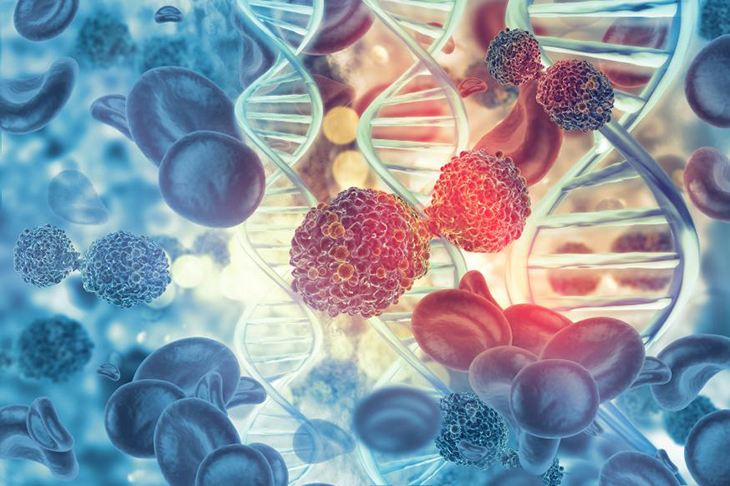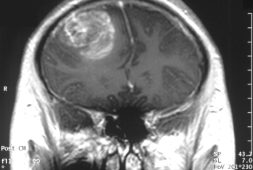
Japanese oncologists have now been looking into a new way to cure cancer. They made use of artificial DNA in a whole new method. The role of the DNA was to naturally kill cancer cells by assisting the body’s immune system when it comes to pointing these out.
While cancer patients have resorted to chemotherapy and radiotherapy to help them kill the cancer, the fact of the matter is that cancer is still considered lethal because the body’s the immune system doesn’t have the ability to kill these cancer cells and tumors and tumors, most of which are disguised to look like the normal cells.
This is why many have succumbed to the disease despite all the best medical efforts. Some tumors are just stubborn and the body eventually loses the ability to fight these with the help of modern medicine.
What the scientists have done is create a hairpin-shaped pair of DNA molecules that they called oHPs. The researchers then discovered a way to expose the cancer cells to the immune system’s targeting methods, and as a result, stop and even reverse human cervical cancer and breast cancer-derived cells, and malignant melanoma that have been found in mice.
As for the nucleic-acid treatments that have been used for cancer, these have been considered high risk because of the potential for the host immune system to attack healthy cells that are carrying the same genes or signals as the cancerous ones.
As normal as they may look like to fool the immune system, cancer cells just don’t act like normal cells, and they never will. They overproduce or underproduce a certain material, in this case, the target that they had was an overproduced informational molecule that they called microRNA-21 (miR-21).
When the artificial oPHs met with the miR-21, they were able to unwind them, and then rejoined to form longer DNA strands which were naturally considered as being dangerous because of their overabundance in the immune system of the affected person’s body.
“The results of this study are good news for doctors, drug discovery researchers and cancer patients, as we believe it will give them new options for drug development and medication policies,” said Professor Akimitsu Okamoto. He is from the Graduate School of Engineering, Univ. of Tokyo.
“Next, we will aim for drug discovery based on the results of this research, and examine in detail the drug efficacy, toxicity and potential administration methods.”
With more research and studies that come with this new method, many hope that this may finally be the answer to cancer. The perfect cure hasn’t been available and it’s taken years for scientists to stumble upon this one. Maybe, and just maybe, this could be the very first option that doctors opt for in case the method gets perfected. That way, cancer will no longer be able to claim the lives of millions of people on a yearly basis.
More importantly, we can only hope that future methods can be used for those who don’t have the finances and the means to get their hands on an expensive cure.



